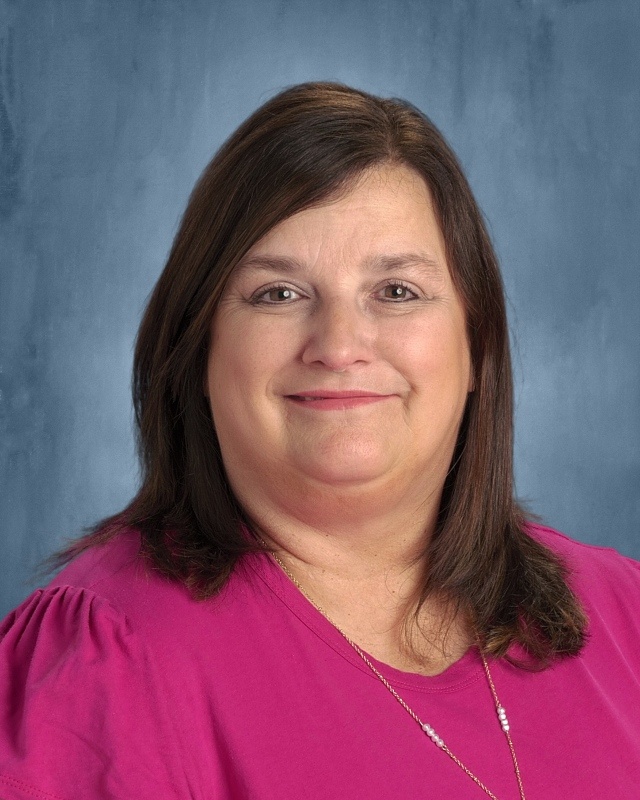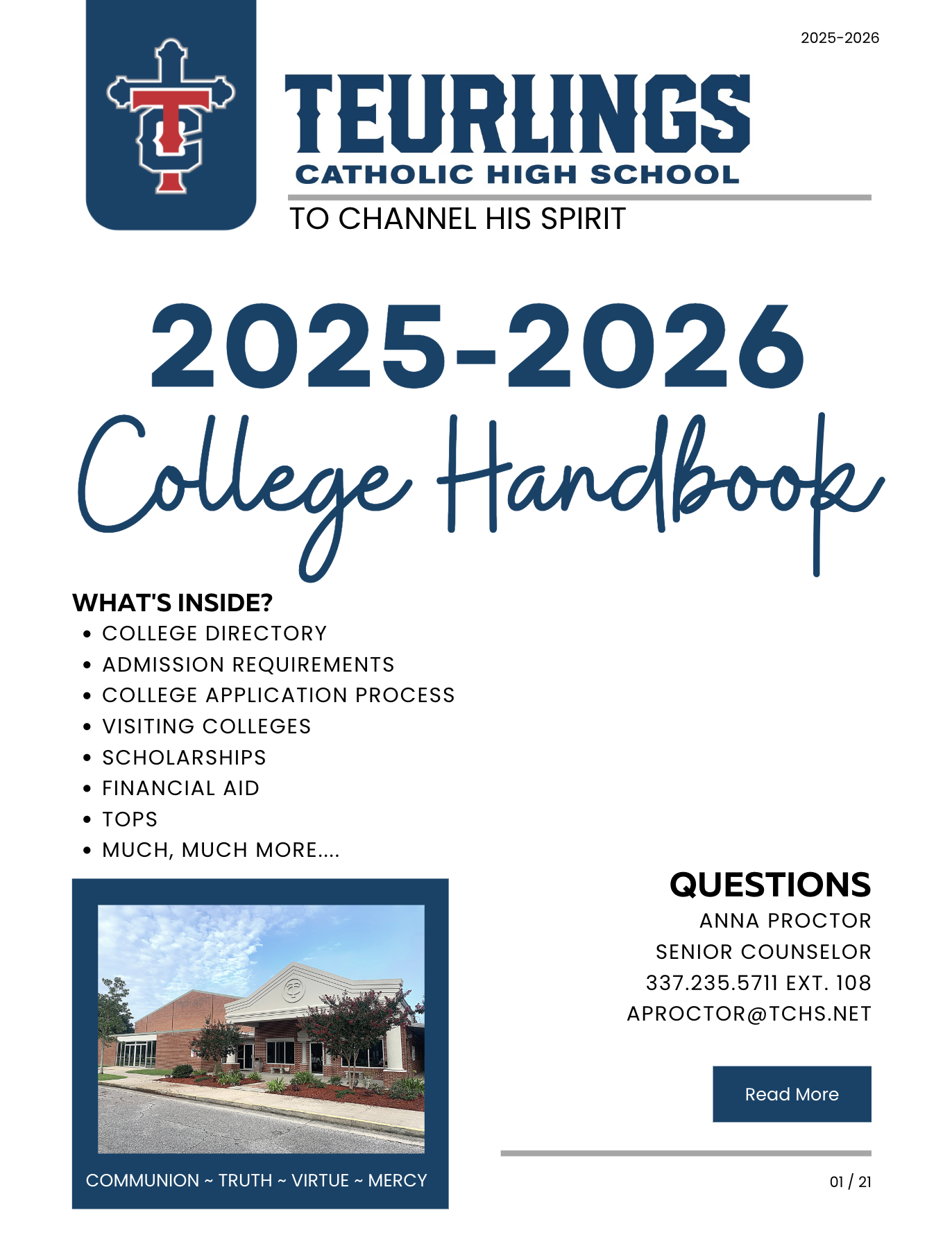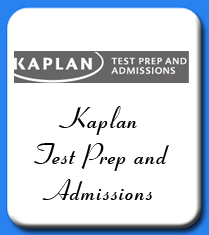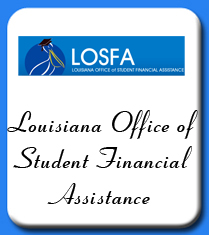Guidance
The guidance services exist mutually with the instructional dimensions of education; however, these services place greater emphasis on the healthy development and well being of the individual. The following assumptions are basic to the concept to guidance:
- Guidance is concerned with the total person.
- Guidance aims to increase the possibility for all individuals to develop their potentials to the fullest.
- Guidance is delivered through a team comprising administrators, teachers, counselors, parents and learners. The goals of the guidance team are to assist students in:
• seeing themselves as important, significant individuals.
• dealing effectively as members of the family, the community, and the whole society.
• ensuring their physical and mental health.
• selecting an occupation in line with their interests and abilities.
• securing training necessary for their chosen vocation.
• engaging in pleasurable leisure time activities geared toward their interests.
Guidance helps individuals to reconcile their development with the environment in which they are growing to maturity. The concerns of this service are with the total person and are directed toward optimizing the potential of the individual in light of factors in the social situation and environmental opportunities. Guidance Department staff members provide a number of other important services for the student. They evaluate his or her current progress in school and provide academic, vocational and college planning as well. In addition, a college-admissions counselor works specifically with students who may qualify for college scholarships. Students may seek this counselor’s help in completing college and scholarship applications and in meeting with college representatives. The Guidance Department strives to work with parents and faculty members in helping the student in his or her maturation process. The department sponsors workshops for parents and arranges conferences with them throughout the school year. Thus the department will join the faculty and school administrators as “partners with parents” in understanding and assisting them in their own important task as educators.



 Ramey Badeaux
Ramey Badeaux














